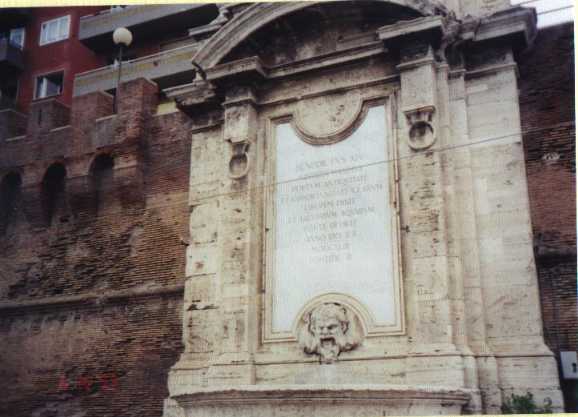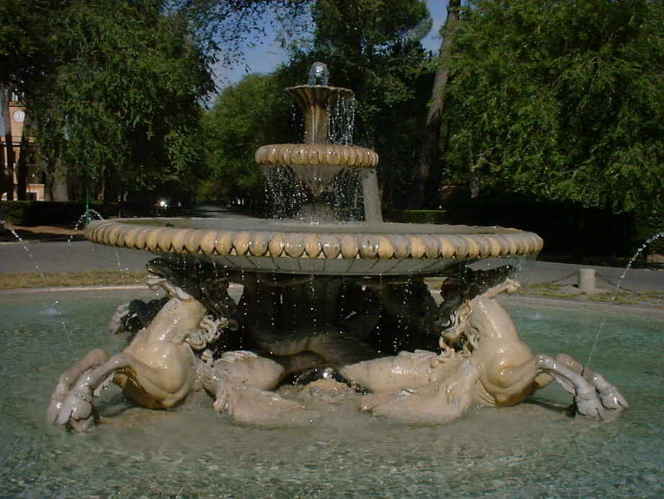

|
Your photo(s) could appear here on this page with your name! You may even title your pics in the "subject" line of your e-mail submissions and I'll use your title! You may make anonymous submissions as well. |






This particular sculpture is also a part of a more modern yet long-running story. The term "pasquinade", used as both a noun and a verb, refers to the poetic or sing-song mocking or satirization of a person or group, usually done in some fashion publicly and, more specifically, usually represented or posted in writing. This term, which originated in Rome, likely refers directly to a 15th century Roman shop owner named Pasquino. Near the shop entrance stood a delapidated statue upon which satirical poems and stories would be posted, most likely by Pasquino himself. And, as these posted "pasquidades" often referred to other individuals, a mechanism of retaliation was implemented, likely by subjects of the original pasquinades, whereby corresponding 'counter-pasquinades' were posted to another of the town's noted and somewhat eroded statues in response. Which other statue? Why, the Marforio, of course! Hence, the posting of pasquinades has continued as a matter of tradition for centuries. Thanks, again, to K. Lewis Strater for this wonderful addition!

